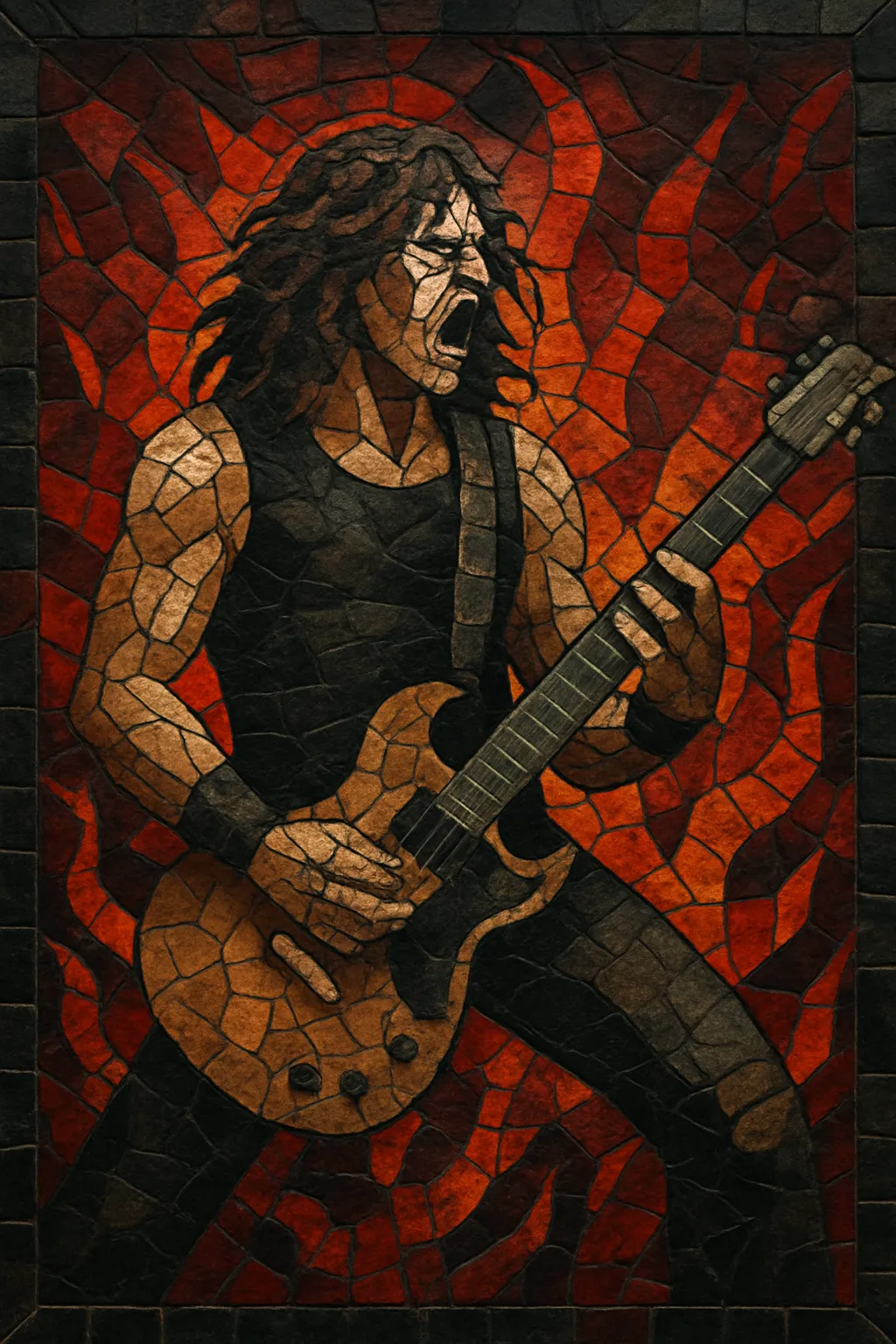Hard rock is a loud, riff-driven style of rock music built around heavily amplified electric guitars, a powerful rhythm section, and assertive vocals. Songs typically center on memorable, blues-based guitar riffs, strong backbeats, and energetic, often shouted or belted choruses.
The genre emphasizes power, groove, and visceral impact over intricate harmony or extended improvisation. Distortion, power chords, pentatonic melodies, and call‑and‑response between vocals and guitar are core traits, while lyrical themes often explore rebellion, lust, swagger, escape, and cathartic release.
Hard rock grew out of the louder, more aggressive edge of the British and American rock scenes. Blues rock bands pushed volume and distortion, while garage rock brought raw attack and simplicity. Psychedelic and acid rock added extended jams and experimental tone color. Tracks like The Kinks’ “You Really Got Me” and The Who’s power‑chord anthems signaled a heavier direction.
Led Zeppelin, Deep Purple, and Aerosmith codified the sound: big riffs, thunderous drums, and dynamic vocals. Guitar heroes, high‑gain amplifiers, and stadium‑sized production became hallmarks. The live experience—stacked amps, extended solos, and commanding front‑men—cemented hard rock’s cultural impact.
AC/DC, Van Halen, KISS, and Queen bridged raw power with pop hooks, fueling arena rock and the spectacle of massive tours. The 1980s saw a more polished, hook‑forward variant intersect with glam aesthetics, setting the stage for glam metal while keeping the core riff‑and‑chorus engine intact.
Grunge and alternative rock drew on hard rock’s crunch and dynamics but favored darker moods and introspective lyrics. Bands retained the power‑riff DNA while rejecting excess, renewing the style for a new generation.
Hard rock persists as a touring staple and radio format, influencing stoner rock’s fuzzed‑out grooves, modern alternative and metal subgenres, and contemporary arena acts. Its essentials—memorable riffs, muscular grooves, and vocal intensity—remain timeless.


